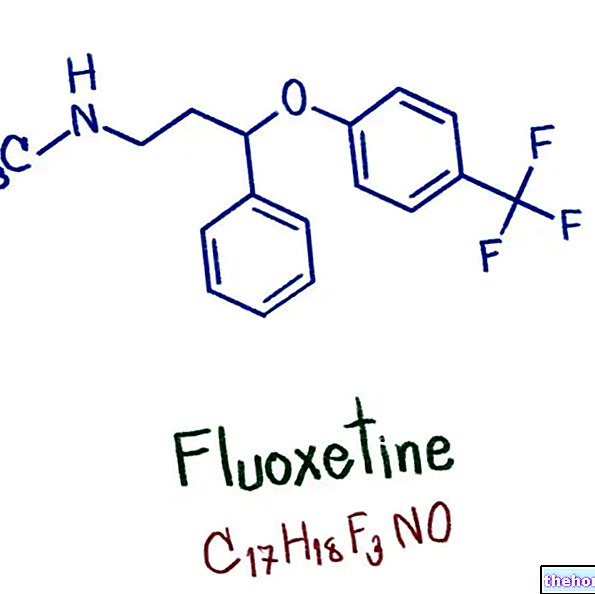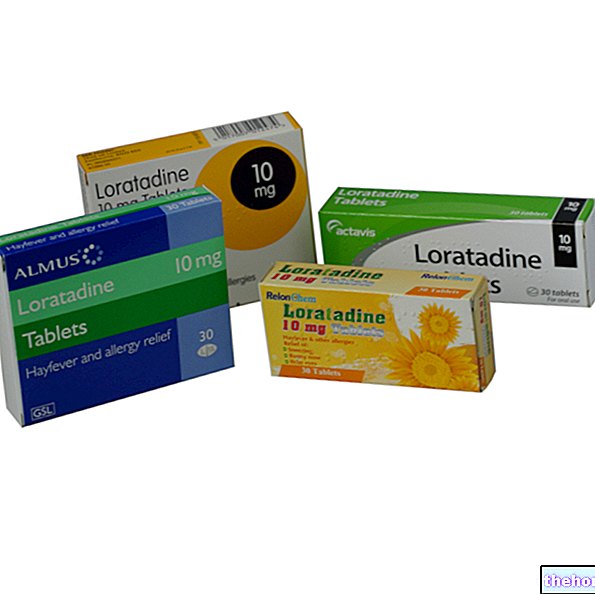Generality
Dopaminergic agonists are molecules capable of mimicking the action of dopamine (an endogenous neurotransmitter) by binding to its receptors and activating them.
Some of these molecules are used in the medical field as drugs for the treatment of different types of diseases and disorders, such as - for example - Parkinson's disease, restless legs syndrome, and some types of prolactin-secreting pituitary tumors.
Furthermore, certain dopaminergic agonists are also used in the psychiatric field.

Mechanism of action
As mentioned, dopamine agonists perform their action by binding and activating the receptors of this particular neurotransmitter.
When dopamine binds to its own receptors, it induces a change in the conformation of the latter. The receptor modification - in turn - gives rise to a cascade of chemical signals that culminates in a biological response.
Dopaminergic agonists possess such a chemical structure that they are able to bind to dopamine receptors, thus inducing structural modifications similar to those induced by the endogenous neurotransmitter, thus mimicking their action.
Classification
Dopaminergic agonists can be divided according to their ability to induce conformational changes in dopamine receptors.























-nelle-carni-di-maiale.jpg)




